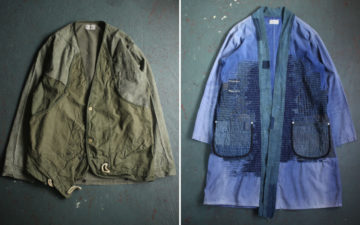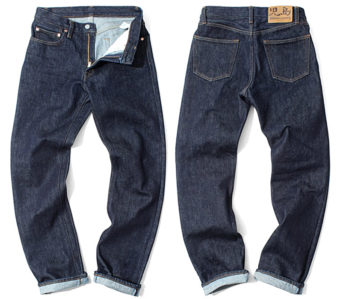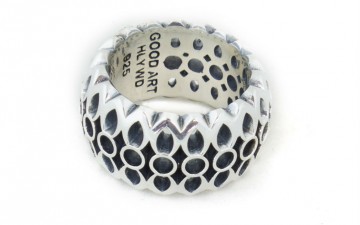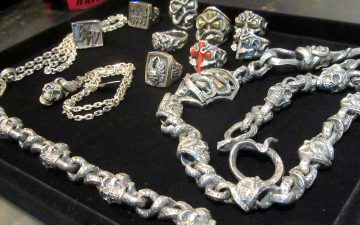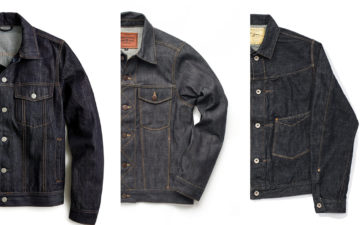You began your search of finer things by upgrading your denim, which quickly evolved into an affinity for fine leathers, but maybe you’re beginning to falter. What new fashion frontiers are left for you to explore?
One answer to this difficult question is jewelry. Little can complement and heighten your much-loved wardrobe quite like a tasteful piece of jewelry, but it can be intimidating to approach these new potential purchases. You did exhaustive research before you bought your first pair of selvedge jeans, so knowing you, you’ll want to do the same for your first or second or third piece of jewelry.
Rather than dive into the entire world of jewelry and how best to wear it, we’ll start with the very materials from which fine things are made – the precious metals… in this case, SILVER.
Precious metals are the natural continuation of our love of great textiles and fine craftsmanship, and silver, with its ability to tarnish and patina, will age not unlike your other favorite pieces. Much like fine denims and leathers, there can be a rather steep learning curve with these much-more-expensive materials. Luckily for you, we’ll give you the rundown.
You’re welcome.
Silver
Extraterrestrial Origins
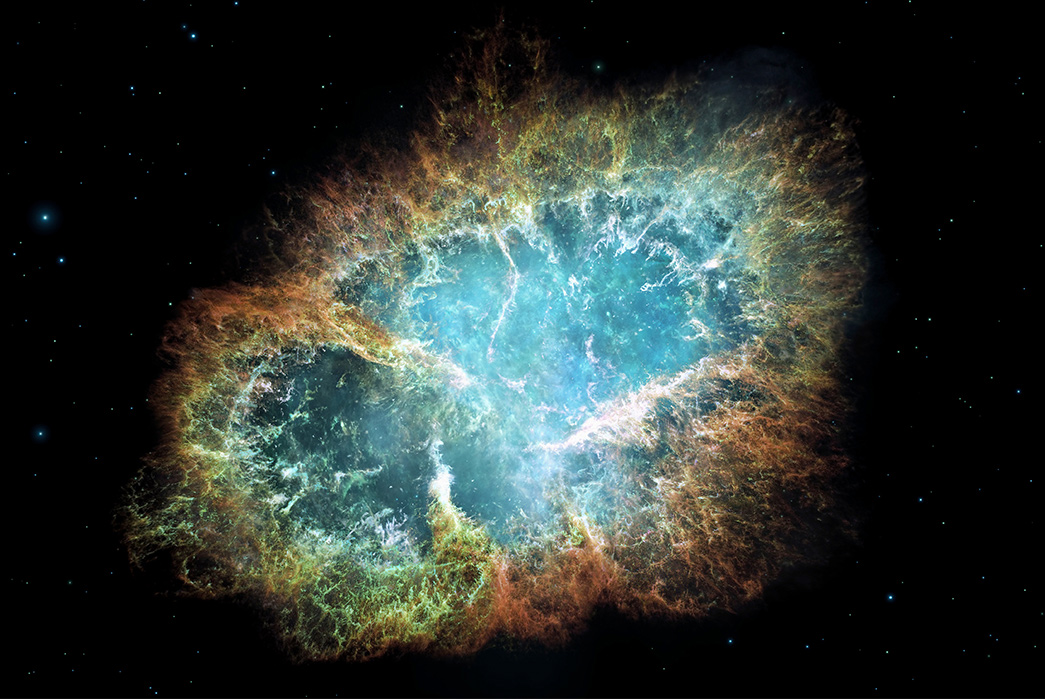
Supernova. Image via The Atlantic.
Silver, or Ag, as it is indicated on the periodic table, is born, like all heavy elements, in stars. While the Big Bang created most of the lighter elements, the heavier stuff can only be created when massive stars go supernova. In silver’s case, it requires a star at least ten times the size of our sun to explode in order to make this precious metal.
This may not be a revelation to the more scientifically-inclined among us, but an enormous star’s death yielding one of our most precious metals is certainly an interesting prospect. These supernovae spew heavy metals out into space, a result of the nuclear fusion and the rapid neutron-capture processes that occur as the things die. This was proven, finally, by scientists from the Heidelberg University, who used computer models to show just how this process takes place.
Gold, which is a heavier metal, takes an even larger star’s death to be created. The supernovae that are heavy and huge enough to make silver are more common than gold, which explains why gold is even rarer than silver. But each supernova creates only a billionth of its weight in silver/gold/or whichever metal’s in question.
Terrestrial History

Roman Jewelry. Image via Ancient Touch.
Silver mining dates back to 3000 B.C.E. in Turkey and Greece, but as one of the seven metals known to prehistoric humans, its exact discovery has been lost to time. Silver, on its own, is incredibly soft, much too soft for use except as ornamental objects or currency. Silver happens to be more reactive than gold and other metals, which means in nature, it tends to be bonded to other materials.
For ancient civilizations, who hadn’t yet figured out how to separate silver from the ores in which it resided; silver was a temperamental and inconvenient material – one rarer than gold. The great breakthrough was a process called cupellation, during which an ore would be heated to an extremely high temperature, then have air blown over it. This deceptively simple method, separates silver (which does not react to air) from other metals like lead and copper (which do). This invention allowed for the proliferation of silver as a common form of currency, which in turn led to the founding of many major cities and civilizations – ever heard of Athens?
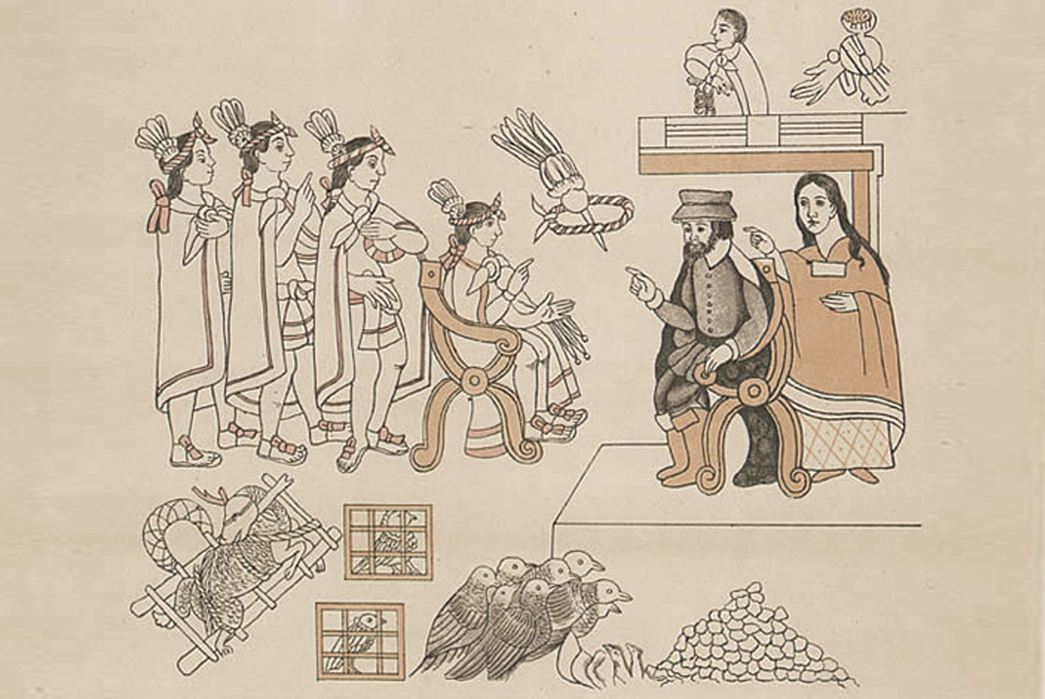
Cortez means Moctezuma. Image via The Vintage News.
Fast forward quite a long ways, to 1492, and the discovery of the Americas. The Spanish conquest of the new world devastated the native populations and ecosystems of North and South America, but few of these genocides would have been possible without the discovery of huge silver deposits.
Indigenous peoples had been working with precious metals since time immemorial, but when the Spanish arrived, they started pillaging the earth on a huge, new scale. Conquistadors thirsted for gold, which was quite a bit rarer, so they settled for silver – and lots of it. These colossal new finds funded Spanish campaigns in the Americas – so great were the new deposits, that between 1500 and 1800, 85% of the world’s silver came from South America.
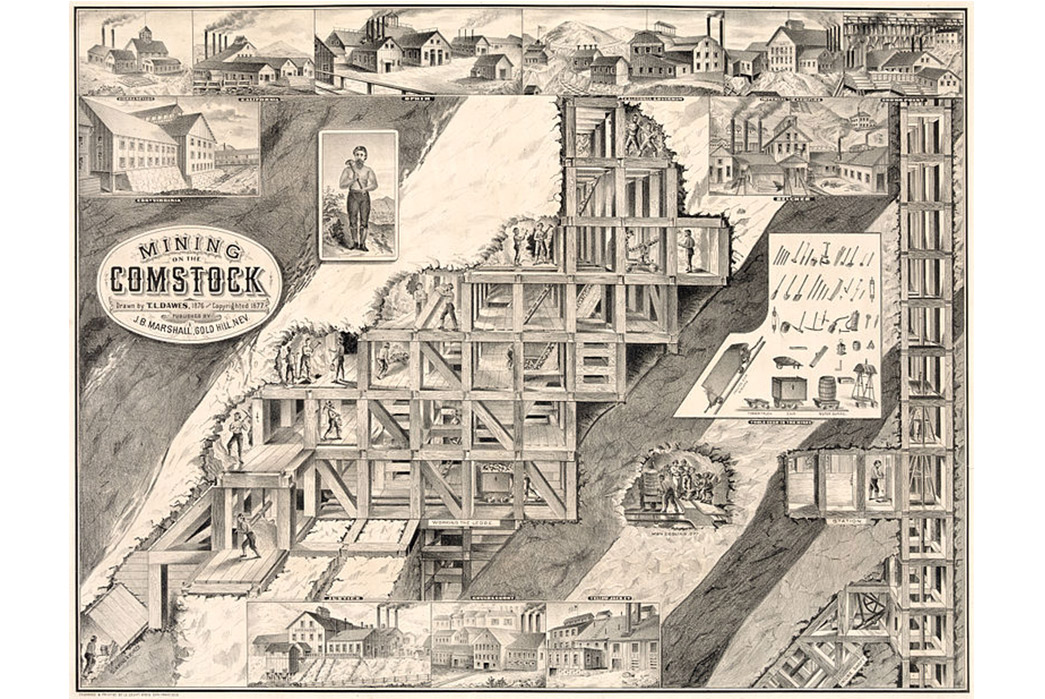
The Comstock Lode. Image via U.S. Library of Congress.
In the nineteenth century, silver production moved to North America, with one of the largest and most famous strikes occurring in Virginia City, Nevada at the Comstock Lode. Mark Twain devotes a considerable portion of his book Roughing It to describing the city and the mine beneath:
Virginia was a busy city of streets and houses above ground. Under it was another busy city, down in the bowels of the earth, where a great population of men thronged in and out among the intricate maze of tunnels and drifts, flitting hither and thither under a winking sparkle of lights, and over their heads towered a vast web of interlocking timbers that hole the walls of the gutted Comstock apart.
He also quotes a famous Spanish proverb, that it takes a gold mine to afford running a silver mine. Which is true.
Silver and Its Properties
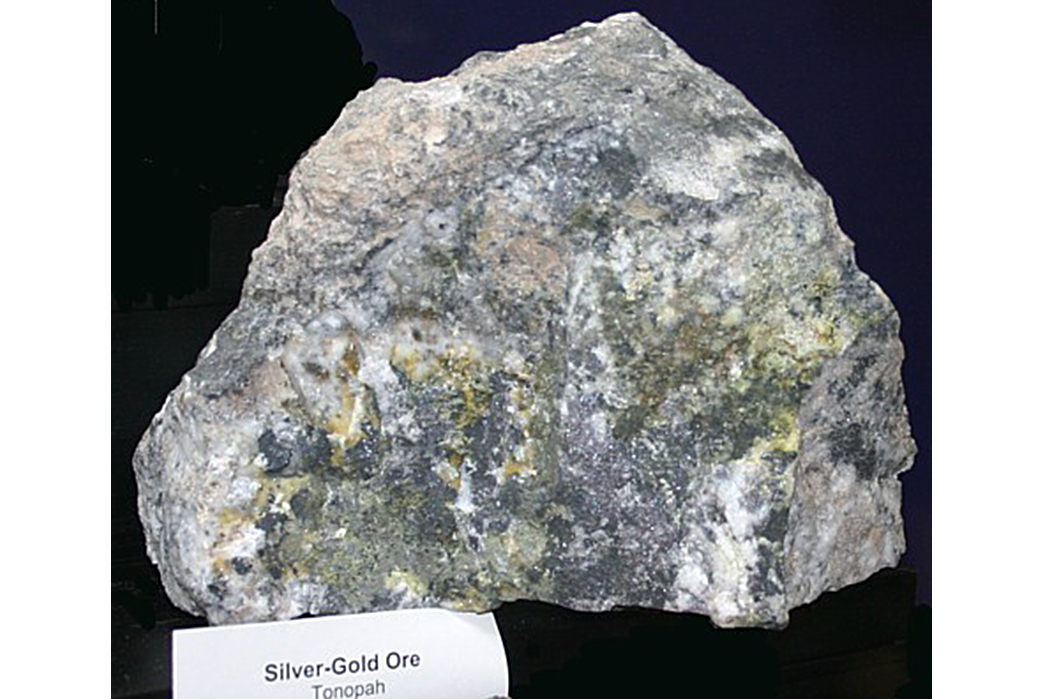
Silver-Gold Ore. Image via Nevada Outback Gems.
The reason silver was such a challenge for ancient peoples to deal with, was that it doesn’t just show up in its shiny, perfect form. It’s bonded to other metals in ores. These are generally sulfides, which need to be smelted and then cupellated in order to separate the silver.
Market-grade silver must be 99.9% pure, but at this level of purity, it’s too soft to really use for much. Sterling silver, which is the industry standard, is an alloy with 8.5% copper and 92.5% silver. This is why you’ll sometimes see “925” emblazoned on some sterling jewelry. Sterling silver is hard enough to be used for all kinds of things, there’s a reason we call silverware “silver.”
But most importantly, sterling silver can be used in jewelry, which is where you and I are most likely to encounter it. Silver is a great choice for jewelry, because chemically, it isn’t very reactive. Oxygen and water won’t do any damage to your sterling silver pieces, but silver’s chemical weakness to sulphur is also its greatest strength.
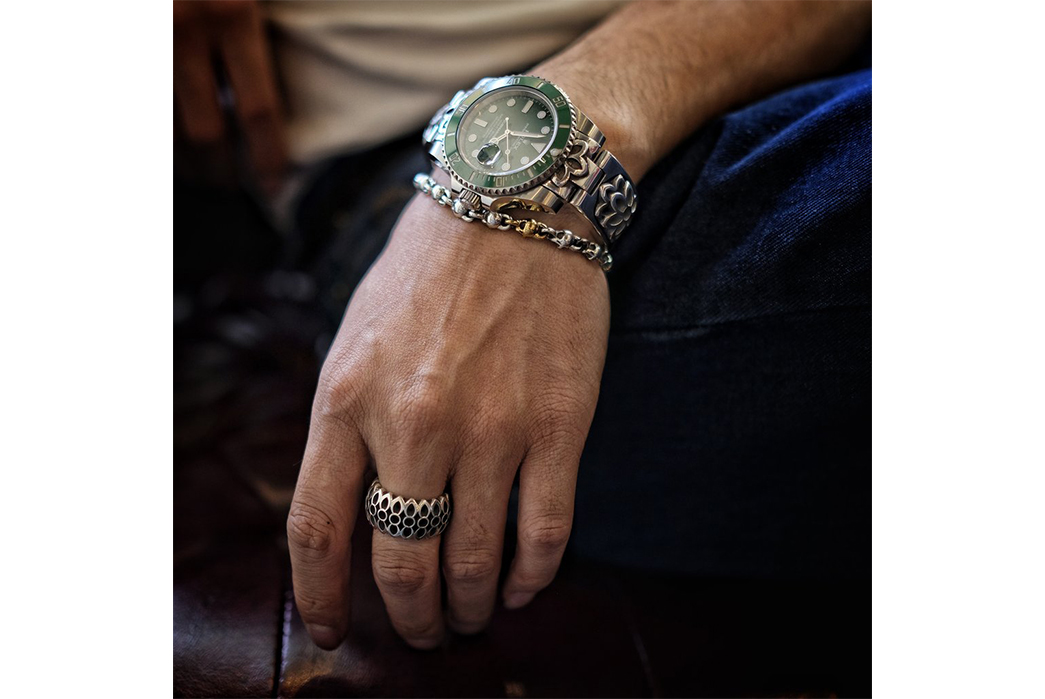
Good Art HLYWD. Image via Brogue Gentleman Shop.
Silver tarnishes when it encounters sulfides, either those generated by atmospheric pollution of the sulphur content of our own bodies. Sulphur is important for our bodies’ basic functions, but the excess can be excreted in sweat, which in turn reacts with silver we may be wearing on our bodies.
The incredible thing about silver is that if you and I were given the exact same piece of silver jewelry and met back up a year later, each of our pieces would have aged differently, in accordance with your unique sulphur content. Lesser metals might degrade over time, but silver only gets better and more patina-ed and interesting as it ages. Brands like Good Art HLYWD purposefully tarnish some parts of their pieces, in order to give depth to the entire piece.
You can, of course, polish your silver whenever you wish to revive its original shine, but like denim or leather, it just gets better with time.


